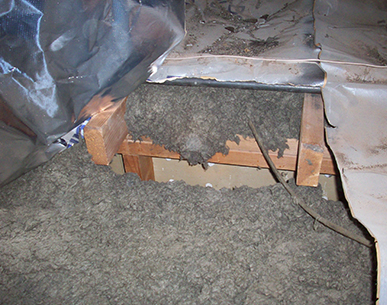In his book, On Bullshit, Princeton University professor Harry Frankfurt stated that “bullshit is unavoidable whenever circumstances require someone to talk without knowing what he is talking about.” P. 63 I’ve performed enough infrared scans to know that conventional insulation works fine when installed correctly. This begs the question, why are some radiant barrier sale people so adamant?
If these products were as good as the radiant suppliers and contractors said they were, you’d see a lot more radiant barriers installed in attics in the Phoenix marketplace. Customers would recommend the radiant barriers to their neighbors. Radiant barriers are not catching on and I suspect this is for good reason. They don’t perform as advertised.
Think about it. If the heats flow through a well-insulated attic only accounts for 10% to 15% of your sensible cooling load, how can a radiant barrier reduce annual cooling costs by a minimum of 25%? It is impossible.
If a home in Phoenix has properly installed R-30 attic insulation or better, I don’t believe that the annual cooling and heating costs will be reduced by more than 5% at best, if at all. According to the Florida Solar Energy Center “it’s reasonable to expect that an attic radiant barrier can save 8-12 percent of your annual cooling costs in the Southeast.” According to the SRP web site the effectiveness of Radiant Barriers at reducing cooling loads is somewhere between 2% and 10%. If I gave the radiant barrier companies the benefit of the doubt and said the savings for heating and cooling are 10% then the cost would be the determining factor of their value and this assumes their performance is not degraded over time.


